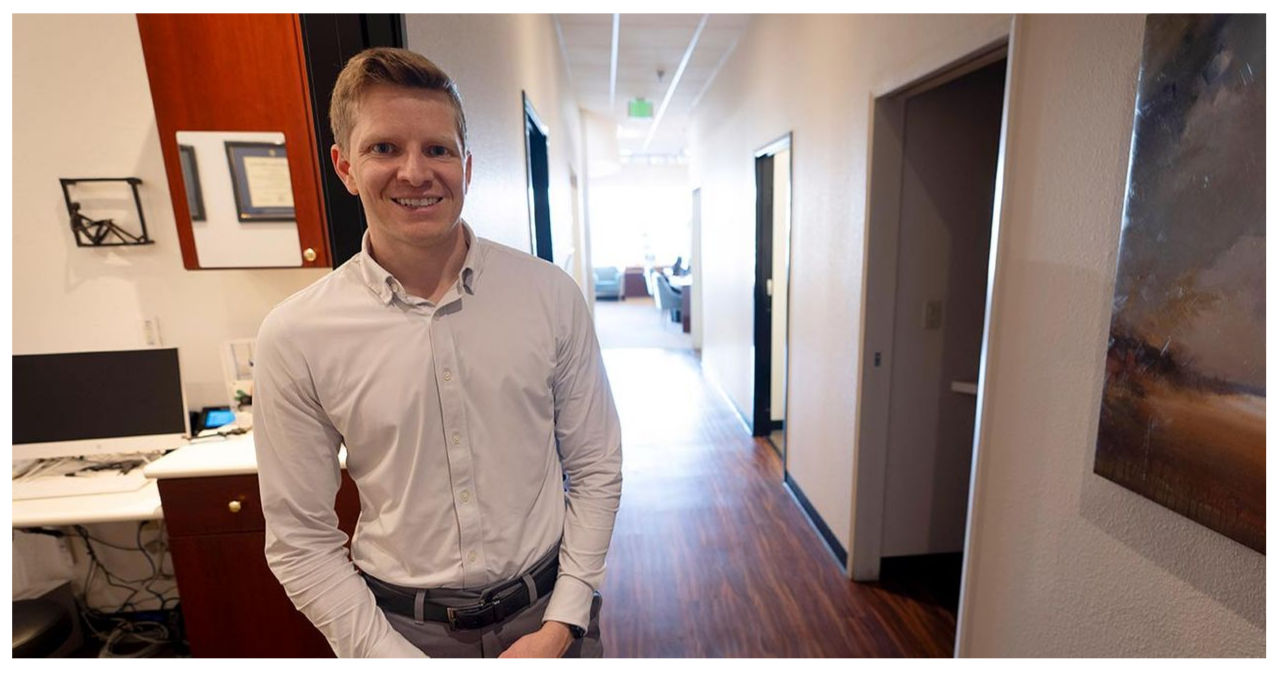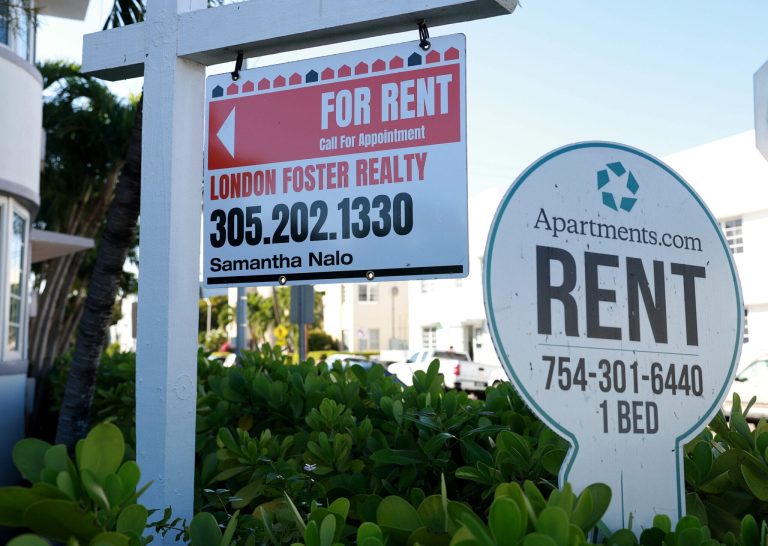When Hunter Morgan purchased an optometry practice in Southern California three years ago, one of his initial actions was to begin providing services to patients who utilize Medicaid, the government-funded health insurance program for individuals with low incomes.
The previous owners had chosen not to accept patients on Medicaid, a program that provides healthcare coverage for approximately one-third of California’s 39 million residents. However, Morgan believed it was his duty to provide care to people who were in need.
Challenges of Accepting Medicaid
Just five months later, Morgan explained that he had to cease providing medical care to Medicaid patients due to the low compensation. While he charges $175 for eye exams, the maximum reimbursement he received from Medicaid was only around $40. This significant disparity made it challenging for him to cover the costs of his staff and the expensive rent in Encinitas, an affluent beach community located 25 miles (40 kilometers) north of San Diego.
He expressed that functioning in that manner was not possible.
California Gov. Gavin Newsom and his Democratic allies in the state Legislature have significantly expanded the Medicaid program, providing coverage to a greater number of individuals, including all eligible adults who are in the state without legal permission. However, despite the fact that California’s Medicaid now includes approximately 15 million people, the reimbursement rates for doctors have not been adequately adjusted to meet the growing demand.
Impact on Healthcare Providers
The expansion of Medicaid has caused a crisis in certain rural hospitals, resulting in the need for emergency loans from the state Legislature to prevent closures. Moreover, it has created difficulties for Medicaid enrollees in finding doctors who are willing to treat them, leading to some individuals having to travel long distances in order to receive necessary medical care.
California’s Medicaid program, also known as Medi-Cal, has been facing demands from healthcare providers to increase their payments. However, due to consecutive multibillion-dollar budget deficits, the state does not have sufficient funds to meet these demands. In order to address this issue, Governor Newsom and the state Legislature have decided to raise taxes, but not in the conventional manner.
State Taxes and Medicaid
Every state taxes various entities, including hospitals, nursing homes, and ambulances, in order to contribute towards Medicaid funding. In California, managed care organizations, which are private companies that partner with the state to offer Medicaid benefits, have been subjected to taxation since 2005.
But unlike most taxes, companies are not required to pay the full amount. Instead, the state covers the majority of the tax burden on their behalf. In turn, this enables the state to generate additional federal payments for Medicaid, resulting in increased funding for everyone involved.
Last year, Governor Newsom signed a law that significantly raised this tax, leading to the state receiving $19.4 billion by 2026. In a recent development, the Legislature has voted to further increase the tax, resulting in an additional estimated revenue of $1.5 billion.
In a statement, Newsom emphasized that California is utilizing all available government resources to enhance access to affordable and high-quality healthcare throughout the state.
Future of Medicaid Payments
California has previously utilized such surpluses to maintain budget stability. However, this time around, the state is committed to allocating a portion of the surplus towards increasing compensation for doctors who provide medical care to Medicaid patients.
The amount and recipients of the funding will be determined in full this year. In the previous year, the initial increases were allocated to primary care physicians, maternity care, and select mental health services. If approved by the Legislature, this year’s proposed increases will encompass a range of services, including obstetric, vaccine, abortion, and optometry services.
Newsom is proposing to increase rates for optometrists in order to align with the rates paid by Medicare. This would result in California’s optometrists, of which there are approximately 8,000 licensed professionals, receiving a significantly higher amount for Medicaid patients. Instead of the current rate of $47 per exam, they would receive around $130.
Healthcare providers have expressed their support for these increases, but they still have concerns as California’s budget deficits continue to grow.
Kristine Schultz, executive director of the California Optometric Association, expressed her belief that if the situation worsened, the money could be utilized for other needs.
Governor Newsom is seeking to modify the tax increase he previously approved, which allocated an additional $11 billion to enhance provider payments over a span of five years. However, due to the current deficit, Newsom now intends to allocate $8 billion for provider payments over a period of four years. This adjustment means that providers will still receive the same increase, but it will expire earlier than initially anticipated.
In addition, California’s tax on managed care organizations must receive approval from the federal government every three years. The recent indication from President Joe Biden’s administration suggests a desire to decrease the amount of money that states can collect. Consequently, this may compel California to reduce the tax in the future, thereby impacting its capacity to sustain the increased rates for doctors’ compensation.
Stuart Thompson, the senior vice president for governmental affairs at the California Medical Association, expressed his genuine concern about the issue. He emphasized the importance of avoiding a situation where the program lasts for four years only to encounter a sudden downfall. Thompson raised this concern during a recent public hearing with lawmakers.
Assemblymember Vince Fong, a Republican and vice chair of the Assembly Budget Committee, has voiced his criticism of Newsom’s plan to raise the tax once again. Fong expressed concern that there is no assurance that the funds generated will remain within the healthcare sector.
However, Assembly Democrats seem to have a more positive perspective on the plan. Akilah Weber, a Democrat and chair of the budget subcommittee in charge of health care spending, acknowledged the need for “some changes” due to the deficit but expressed her unwavering support for the rate increases.
Optometrist payment increase would be a welcome development for the residents of Fresno. As a Central Valley city with a significant number of low-income farm workers who rely on Medicaid, this change would have a positive impact on their access to eye care services.
At Fogg Remington, a eye care practice in the city, Medicaid patients used to account for approximately 15% of our client base. However, starting in January, we made the difficult decision to stop accepting new Medicaid patients. This was due to the combination of low reimbursement rates and a new law mandating that health care workers be paid a minimum of $25 per hour.
According to Dr. Anthony Chavez, an optometrist at Fogg Remington, it would be a straightforward decision to reverse California’s rate increase.



